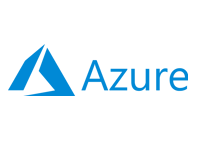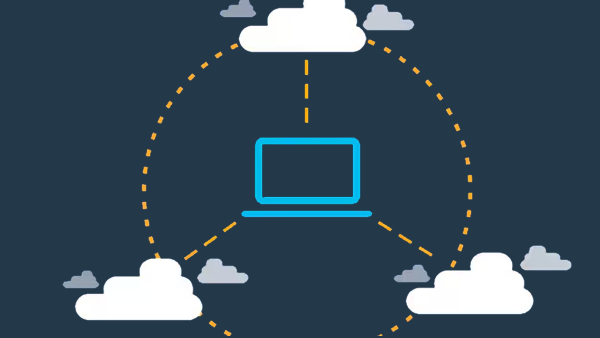Sky Computing - What are the benefits?
Cloud computing has driven a surge of innovation, empowering industry leaders like Netflix, Uber, and many others. However, its true potential is still restricted, confined within vendor-specific silos. But what if you could break free from these constraints? Imagine an open sky above the clouds, where your applications can seamlessly move and operate across different clouds.

What is Sky Computing?
In simple terms, "Sky Computing" is a model where the xcware Universal Computing
layer operates above the cloud, unifying essential business services regardless of the
cloud provider. This model boosts agility and provides substantial time and cost
savings. Cloud providers are treated as data centers offering vendor-specific services
that businesses can utilize as needed.
Sky Computing is often referred to as the next evolutionary step beyond the cloud,
as it brings substantial value to businesses by offering greater flexibility and
optimization.
What are the benefits?
Development and Time to Market
Sky Computing streamlines development and
accelerates time to market by offering a unified layer over multiple
cloud systems. This approach enables you to develop once and deploy efficiently
across various cloud environments, significantly reducing the need for specialized
development skills and lowering costs.
Redundancy and high availability
Spreading workloads across multiple cloud
providers and regions enhances the application redundancy and high availability. If
one cloud provider experiences an outage, the application can seamlessly failover to
another, minimizing downtime and ensuring business continuity.
Risk mitigation
Sky Computing strategies mitigate vendor lock-in risks. Organizations
avoid over-reliance on a single provider, reducing vulnerability to changes in
pricing, service quality, or strategic shifts by a single provider.
Optimization for specific services
Different cloud providers excel in various areas. With Sky Computing,
organizations can select the best services from each vendor to optimize their
applications. This allows them to leverage the unique strengths of each provider's
offerings.
Cost optimization
Sky Computing models significantly reduce costs by unifying core
services across cloud providers. Organizations only pay for vendor-specific
services, ensuring that they only incur expenses for the additional features they
need.
Compliance and data sovereignty
Compliance requirements vary by region and
industry. Sky Computing strategies enable organizations to place data and workloads
in specific geographic regions to meet compliance and data sovereignty requirements.
Performance optimization
Geographical distribution across cloud providers can
improve application performance for users in different parts of the world.
Organizations can strategically place resources closer to their end-users to reduce
latency and enhance user experience.
Disaster recovery
Sky Computing architectures can simplify disaster recovery
planning. If a disaster affects one provider, failover to another ensures
availability.
Innovation and best-of-breed solutions
Organizations can leverage innovations and
best-of-breed solutions from multiple providers, staying competitive and
capitalizing on emerging technologies.
Flexibility and scalability
Sky Computing environments offer greater flexibility and
scalability. Organizations can scale resources as needed, avoiding the constraints
of a single provider's resource limits.
Negotiating leverage
Using multiple cloud providers may provide negotiating
leverage with pricing and service agreements. Competition between providers can lead
to better terms for customers.
The xcware Sky Computing model is well worth exploring due to the significant benefits and business value it offers. You can read more about xcware delpyment models in this document: xcware Documentation.
xcware Strategic Partners





 Follow
us
Follow
us









